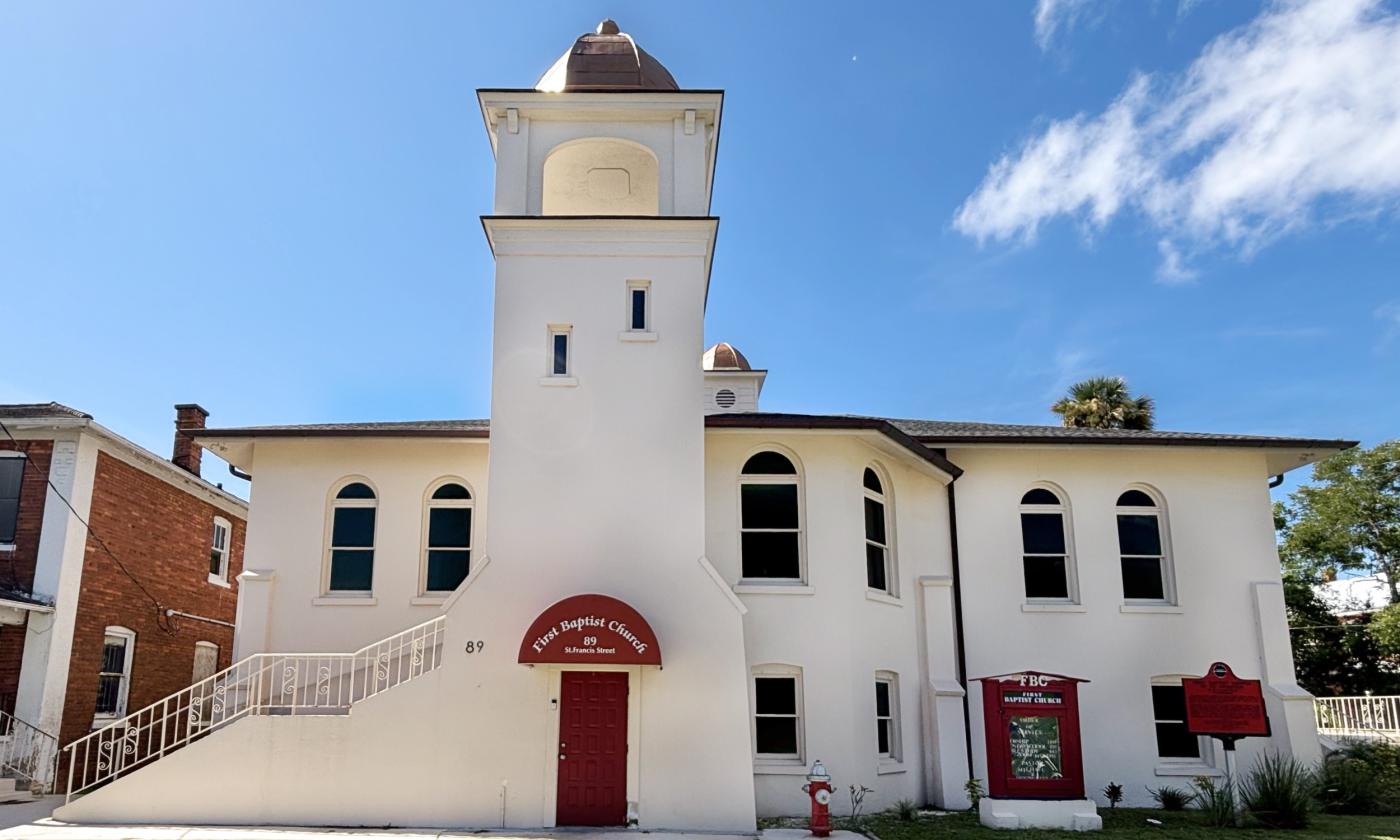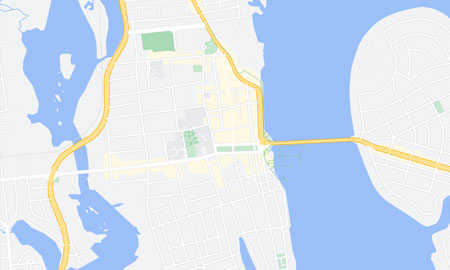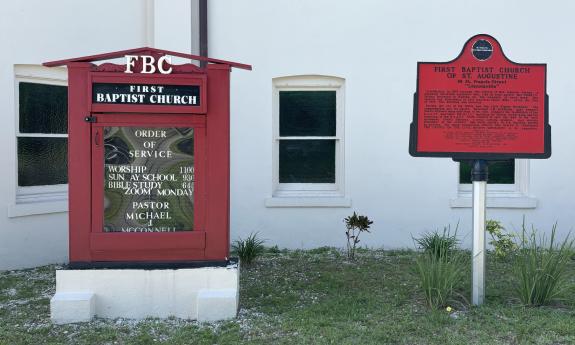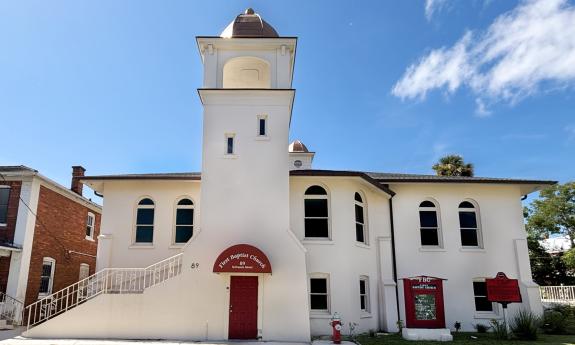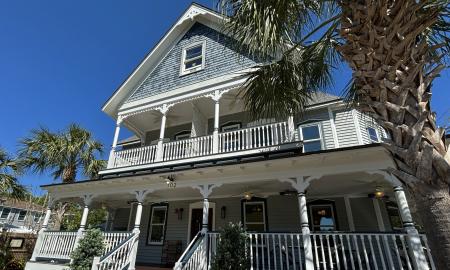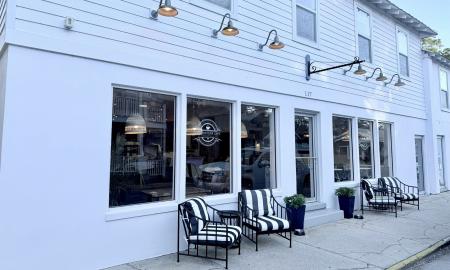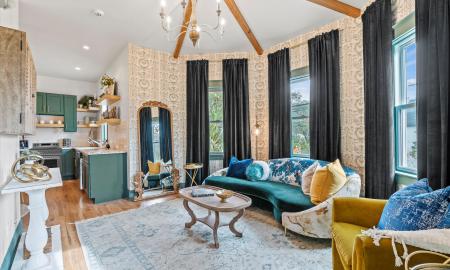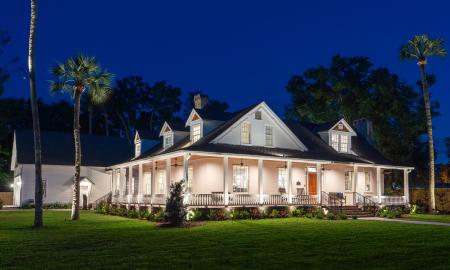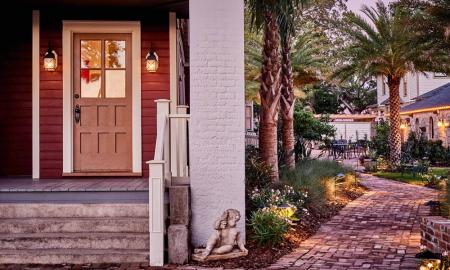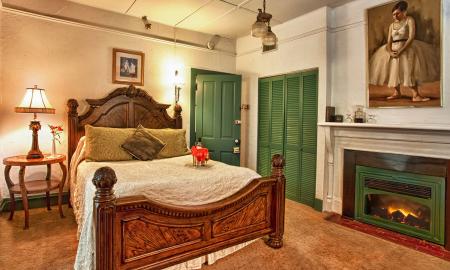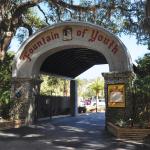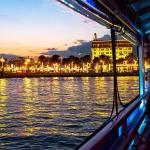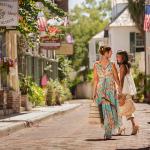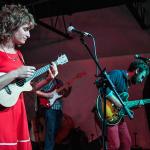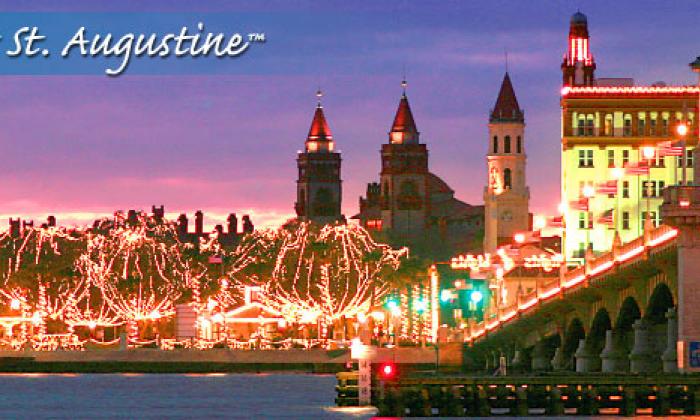The Cradle of the Civil Rights Movement in St. Augustine
First Baptist Church of St. Augustine stands as a symbol of faith, resilience, and activism. Founded in 1872 by Mrs. Hannah Jordan and Rev. Father C. Felder, the church began as a modest congregation of freed Black residents during the Reconstruction period. They were determined to build a spiritual home grounded in hard work, worship, and community. The church settled at its current location in the Lincolnville Historic District in 1884, and after a devastating fire in 1915, the present-day sanctuary was erected.
A Civil Rights Stronghold
By the 1960s, First Baptist had become a strategic center in the Civil Rights Movement. Under the leadership of Reverend John H. McKissick, the church hosted mass meetings, rallies, and training sessions that united local leaders, the National Association for the Advancement of Colored People (NAACP), and later the Southern Christian Leadership Conference (SCLC). On May 26, 1964, Dr. Martin Luther King Jr. addressed more than 400 people at First Baptist, an event that helped energize the movement in St. Augustine.
The church’s basement became the birthplace of the NAACP Youth Council, led by Gerald Eubanks with guidance from Dr. Robert B. Hayling. These young activists carried out pivotal protests, sit-ins, and marches that gained national attention. First Baptist became known as “The cradle of the Civil Rights Movement in St. Augustine” for its unwavering support and service as a sanctuary.
Community and Worship
First Baptist continues to serve the Lincolnville community. For more than 150 years, its congregation has remained tied to the community and the broader story of St. Augustine’s Black heritage.
Visitor Information
Sunday services are held at 89 St. Francis Street. You are are welcome to attend and learn more about the church’s ongoing mission.
Explore More
First Baptist Church is one of many sacred spaces featured in our guide to Historic Churches in St. Augustine.

